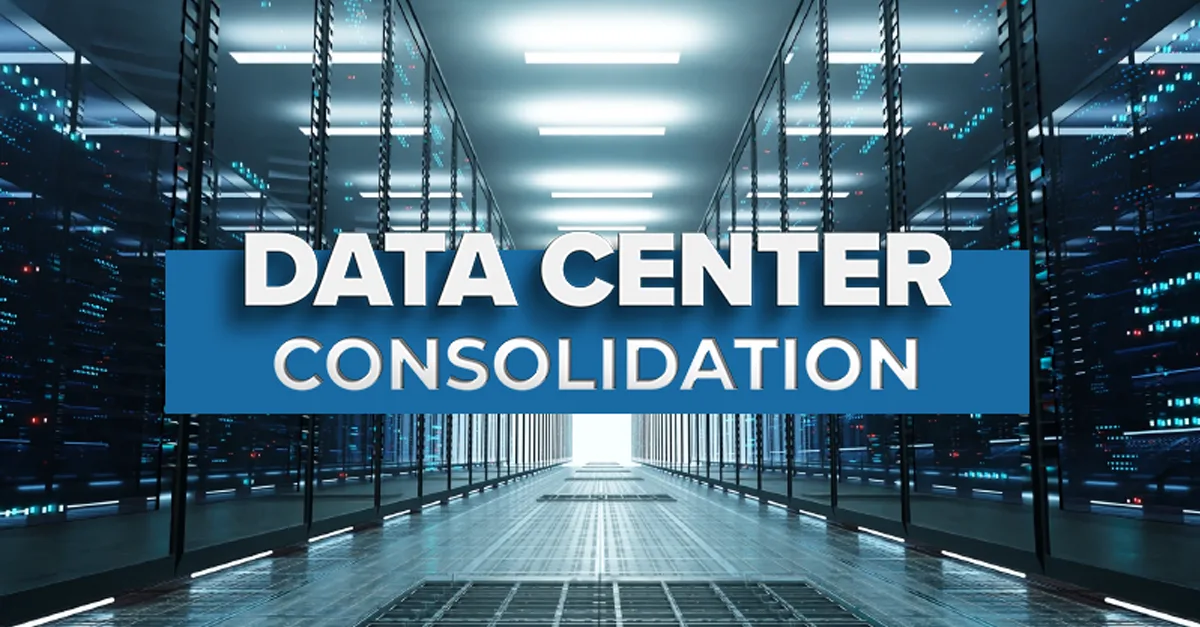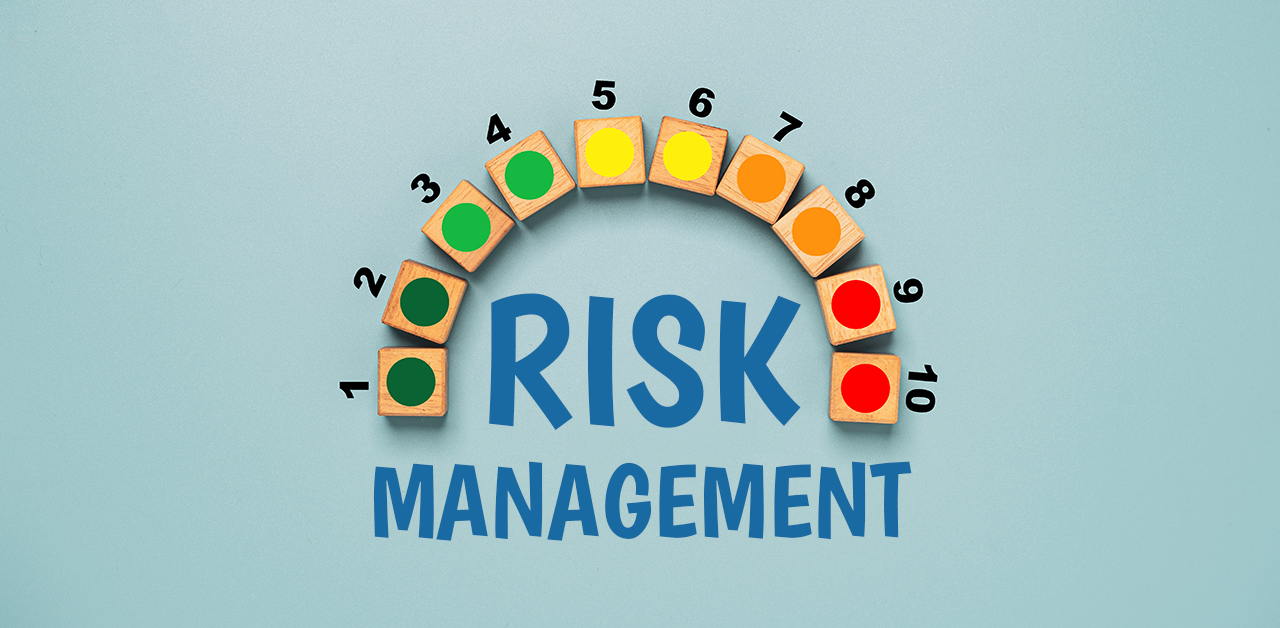
Once you’ve determined you need a more solid platform strategy for your data center, the next step is to migrate and/or consolidate. To achieve this goal in a timely and secure fashion, it may require the help of an IT Asset Disposition (ITAD) provider, such as OceanTech, that understands the varying dynamics of the data center environment.

Improve Productivity & Efficiencies
Typically, the main purpose of consolidating a data center is to increase productivity and improve efficiencies. Consolidation gives you the ability to enhance operations, mitigate redundancy, and improve flexibility while delivering higher availability and better use of IT assets. In other words, consolidation allows you to do more with less.

Enhanced Security
Reducing your infrastructure and data center footprint allows you to have a more centralized infrastructure, which streamlines management and security. Consolidation also helps reduce risk by eliminating outdated, end-of-support platforms that mitigate opportunities for system failure. In addition, it can also improve your disaster recovery (DR) plan, allowing you to implement a stronger plan.

Increased Flexibility
From the perspective of the IT department, reducing the architecture makes things more straightforward allowing for more flexibility — there are fewer pipes to monitor and the data flow patterns are more visible. This gives the IT department the opportunity to deploy advanced protocols and management strategies.

Cost Reduction
Cost reduction and better efficiencies are going to be the core objectives driving the initiative of consolidating data centers for businesses. Consolidating your data center will help eliminate redundant and less effective operations while reducing maintenance expenses. Consolidating can also give you a more direct and accurate picture of the total cost of operations.

Compliance
When data centers are spread across multiple locations, it can be challenging for a business to make sure its IT operations comply with data destruction regulations as well as industry and security standards. Multiple IT teams, disparate IT systems and resources always make it difficult to ensure compliance to a single, global set of standards.
As a leader in ITAD and data center decommissioning, OceanTech believes it’s vital that we meet or exceed all industry standards and data destruction regulations. We do this by maintaining R2:2013 Responsible Recycling, ISO 14001:2015 Environmental Management System and ISO 45001:2018 Occupational Health and Safety Management System certifications.
In Conclusion
Consolidating data centers will make it easier to implement processes due to the centralized nature of operations and the shorter list of IT Assets. It will also help boost your security as the number of attack surfaces and endpoints running across the network will be limited.
If you’re revisiting your data center strategy or have questions regarding your critical infrastructure options, speak to an ITAD specialist today.


